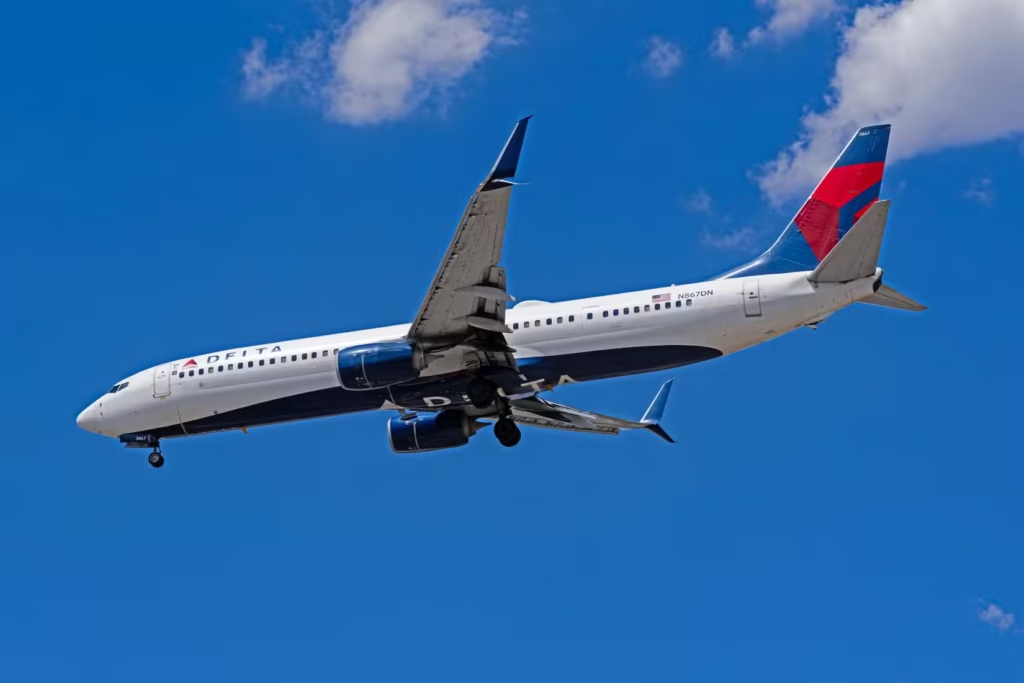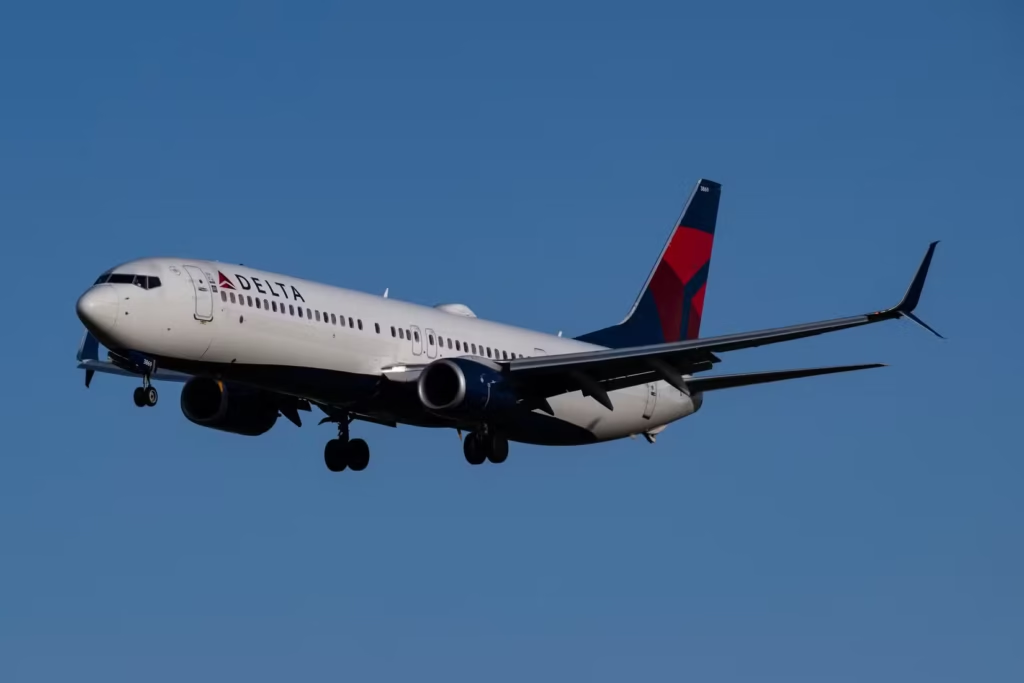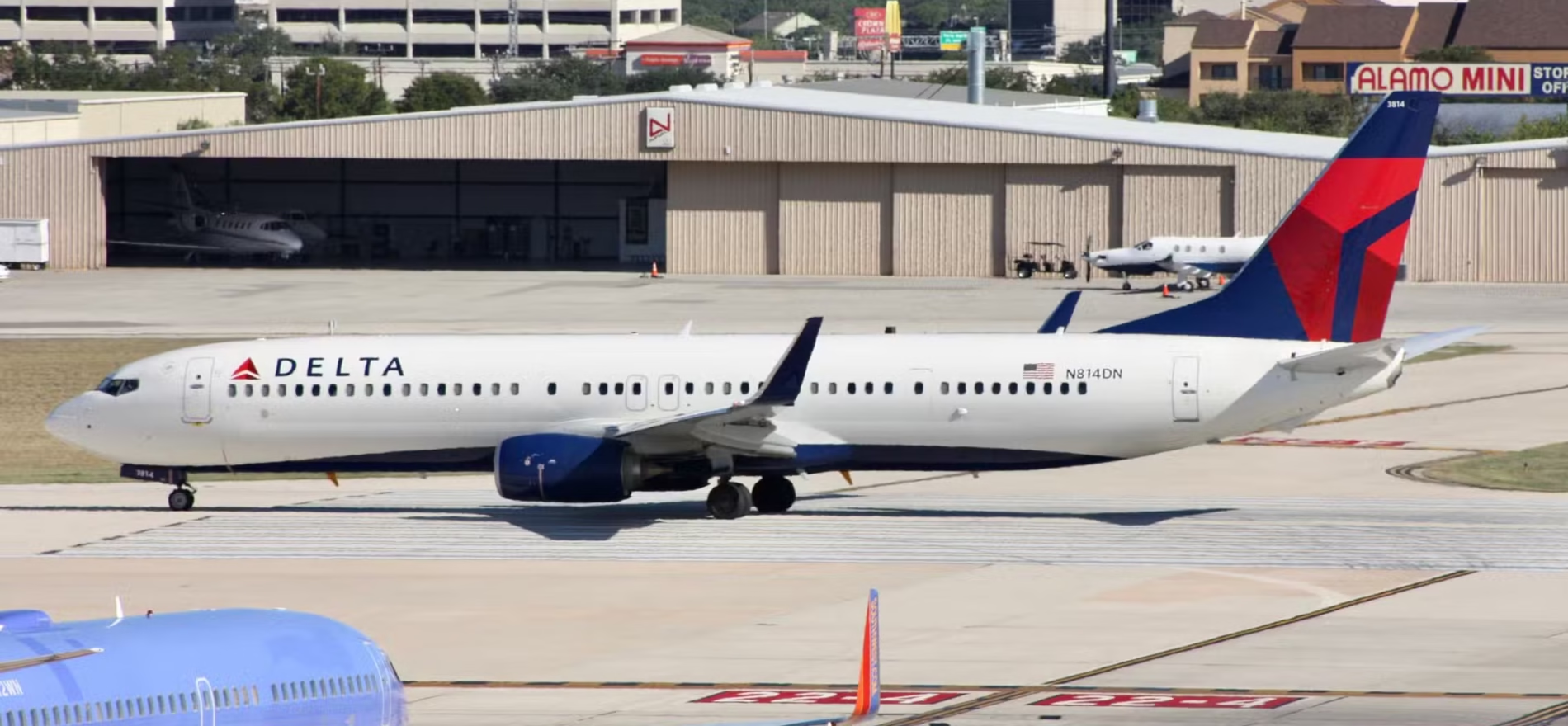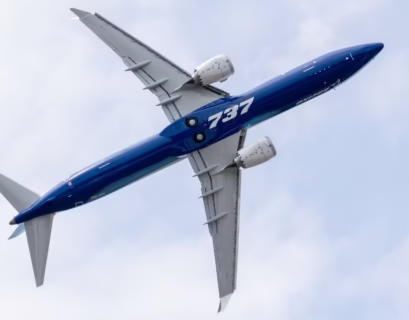According to the US regulator, the aircraft experienced engine-related issues, prompting the pilots to return to the Arizonan airport without further incident.
Engine Issues
In a statement on April 14, the FAA confirmed that at around 13:30 local time (UTC -7), a Delta Air Lines 737-900ER, registered as N892DN, operating flight DL937 from Tucson International Airport (TUS) to Hartsfield-Jackson Atlanta International Airport (ATL), had to return to the Arizonan airport after engine issues. The FAA added that it will investigate the incident.
According to Flightradar24 records, the 737-900ER departed from Tucson at 12:43 and began climbing. However, the aircraft leveled off at around 17,000 feet (5,181 meters) and began gradually descending. At 12:55, the flight crew began squawking 7700, which indicated a general emergency onboard the single-aisle jet.
The 737-900ER eventually landed at Tucson at 13:20 and proceeded to taxi to the gate area while still squawking 7700. However, the flight tracking service showed that the same airframe is scheduled to depart Tucson toward Salt Lake City International Airport (SLC) at 08:15 on April 15, with the itinerary being filed under the special flight code DL9964, potentially indicating that the aircraft is flying to Salt Lake City for more extensive repairs.
Replaced By Another 737-900ER

In addition, Flightradar24 also showed that on April 15, Delta Air Lines scheduled a flight from Tucson to Atlanta as flight DL9930, another flight code that it has used sparsely throughout the past few months. The airline chose another 737-900ER, registered as N862DN, to operate DL9930 after the single-aisle jet flew into Tucson from Salt Lake City at 17:49 on April 14, which was its third flight of the day.
According to data from the aviation analytics company Cirium’s Diio Mi Airline planning system, DL937 is one of two Delta Air Lines’ daily flights between Tucson and Atlanta. The other itinerary, flight DL886, departs Tucson at 06:00 and is scheduled to arrive at the Georgian airport at 12:28 local time (UTC -4), with the two flights having a scheduled block time of 208 minutes and 212 minutes, or 3.4 hours and 3.5 hours, respectively.
Meanwhile, the return flights to Tucson from Atlanta depart at 10:27 and 21:18, with a scheduled arrival time of 11:20 and 22:13. The filed schedule showed that the block minutes of the two flights, flight DL937 and DL1251, is 233 block minutes, or 3.8 hours, or 235 minutes, or 3.9 hours.
One Of The Last 737-900ERs

Ch-aviation data showed that N892DN, the 737-900ER involved in the event with the engine failure, with the aircraft being powered by two CFM International CFM56 engines, was one of the last-ever 737-900ERs that was built by ![]() Boeing.
Boeing.
The plane maker delivered the single-aisle jet on March 13, 2018, with the company delivering a further 53 aircraft of the type until the last delivery on June 27, 2019, which was also handed over to Delta Air Lines. The latter aircraft, registered as N930DZ, has been stored since April 6, when the aircraft flew from Atlanta to Kansas City International Airport (MCI) on flight DL9947, another special flight code, per Flightradar24.
Ch-aviation records indicated that out of the 505 737-900ERs that were built, the large majority of them, or 379, went to United States-based airlines. This includes ![]() Alaska Airlines (79 737-900ERs), Delta Air Lines (163, the largest 737-900ER operator), and
Alaska Airlines (79 737-900ERs), Delta Air Lines (163, the largest 737-900ER operator), and ![]() United Airlines (136 737-900ERs). Cirium’s Diio Mi showed that in April, Delta Air Lines has scheduled 4,508 weekly flights, in contrast to Alaska Airlines’ 1,757 and United Airlines’ 3,055 weekly departures during the month.
United Airlines (136 737-900ERs). Cirium’s Diio Mi showed that in April, Delta Air Lines has scheduled 4,508 weekly flights, in contrast to Alaska Airlines’ 1,757 and United Airlines’ 3,055 weekly departures during the month.









